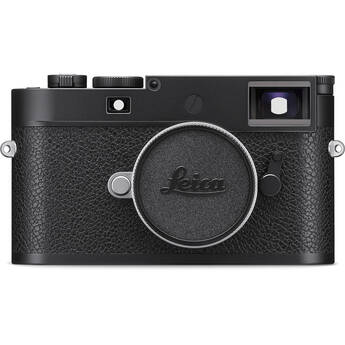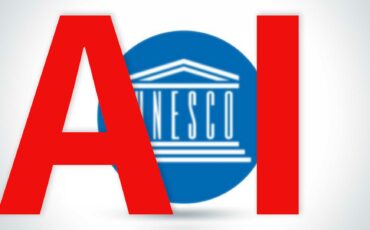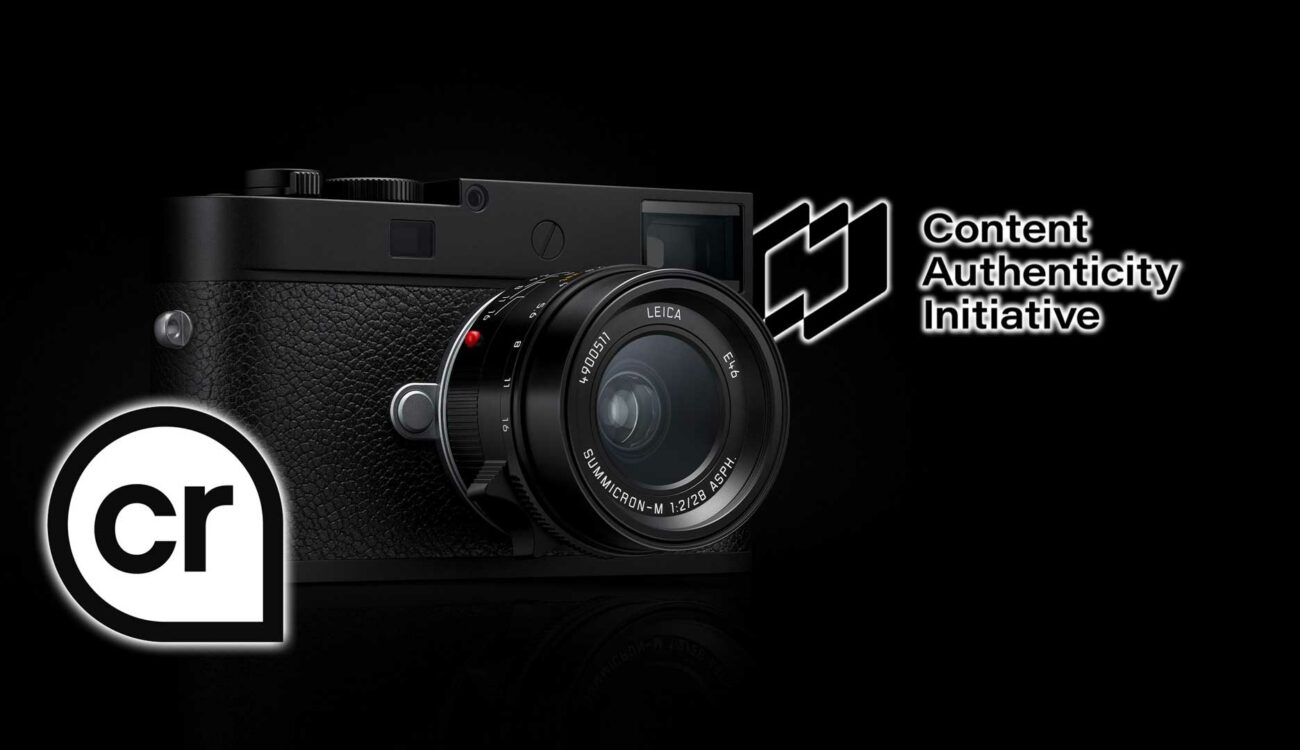
Leica M-cameras are not the first thing that comes to mind when considering digital innovation, but the most recent Leica M11-P is the first camera to follow the Content Authenticity Initiative. It will embed content credentials that will follow the file, no matter what editing software is used. Let’s take a closer look.
Leica’s venerable M line does not require much introduction. Like many other Leica M cameras, the M11-P is a high-end boutique garment, mostly aimed at those who value the highest form of manual craftsmanship, or those with deep pockets who can afford such luxury. The M-P series was originally aimed at photojournalists. The “P” cameras are a tad more robust and omit the famous “red dot” logo, replacing it with a simple screw and black paint for a lower profile. Famous for tradition and even Nostalgics, Leica’s cameras are rarely the industry innovators. But The M11-P has more than a refined metal body with stealthy aesthetics – it’s the first camera to incorporate a “digital watermark” following the Content Authenticity Initiative.
The Content Authenticity Initiative
The creative world is changing in front of our eyes. False and fake news have been there since the dawn of history (not to mention manipulative and biased history), but recent developments in the fields of generative-based algorithms changed the magnitude of such manipulations and outright lies. Amidst this turmoil, some initiatives are trying to regain basic trustworthiness. Such an initiative is the Content Authenticity Initiative. To put it simply – the initiative is set to form a platform that enables any user at any stage of post-process to trace the original image as it was taken. It also enables the tracing of additional imagery and other digital assets used in the process to maintain authenticity and proper credit for each and every creator taking part in the final graphic creation.
Will it protect my copyright?
Filmmaking for Photographers
The short answer is “no”. The platform isn’t designed to protect copyright, and can never prevent all forms of misuse or abuse. One can always go to a museum and take a picture of a Picasso, then illegally print and sell it. Or one can always take a screenshot. Content credentials are designed to allow those who wish to respect authenticity and copyright to trace the image pipeline back to its origin. Well, that’s the short answer. The long answer can’t yet be decisive because it depends on the organizations, institutions, and companies that will adopt the Content Authenticity Initiative and follow its workflow.
Who’s on board?
The members list on the initiative’s website is quite impressive. It includes camera giants like Canon and Nikon, esteemed news entities such as the BBC, AP, Getty Images, and more, and tech giants like Microsoft, NVIDIA, Adobe, and many others. The full list is impressive but the actual effect is heavily dependent on the manner of adoption and its magnitude – if most camera manufacturers incorporate content credentials within their products then every creator could embed their own encrypted digital watermark into every image (and some day video) file – if content credentials become the industry standard regarding reportage – if no media giant publishes any image or graphic creation lacking such credentials – if the commercial visual industries will adopt the standard and even base some sort of monetization upon it – the accumulative effect may be colossal and will change our industry.
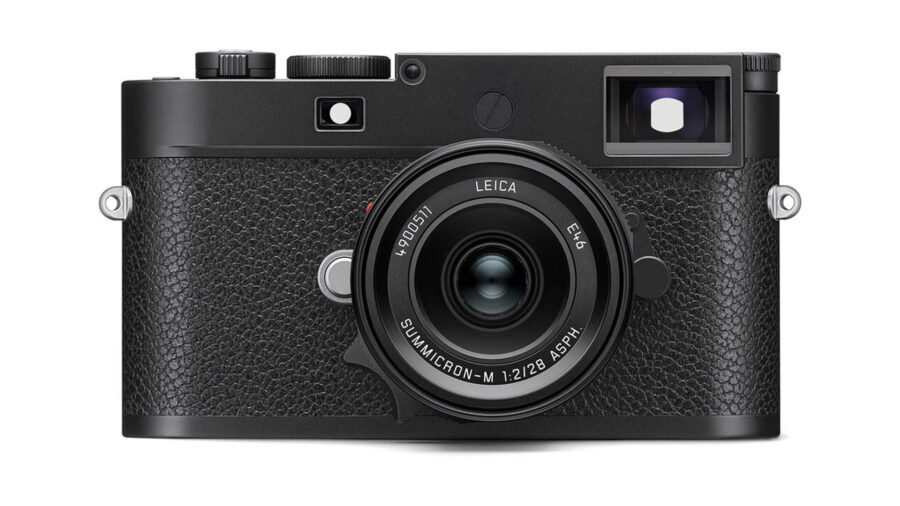
Back to the Leica M11-P
As we hope to see more camera manufacturers join the fray, may we commend Leica for being the first to dip their toes into this new puddle. The M11-P would be an impressive camera on its own, boasting a 60-megapixel full-frame sensor, 256GB internal SSD, Leica’s legacy color science, and an extremely tough exterior, but I for one am happy that this traditional company went the extra mile here. Hope it will lead the way to a more trustworthy media.
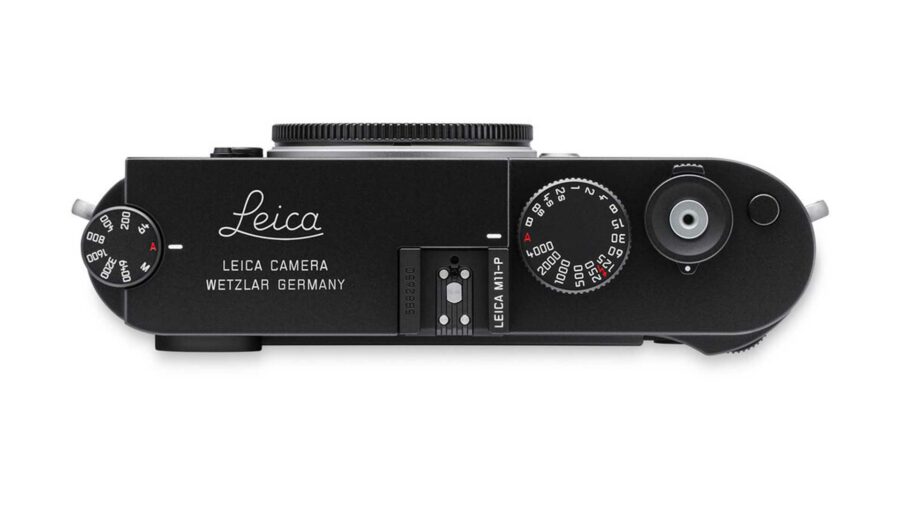
Do you see how the Content Authenticity Initiative may be incorporated into your workflow? Will this kind of “digital watermarking” even be relevant for video and cinema? Does Authenticity concern you? Let us know in the comments.



